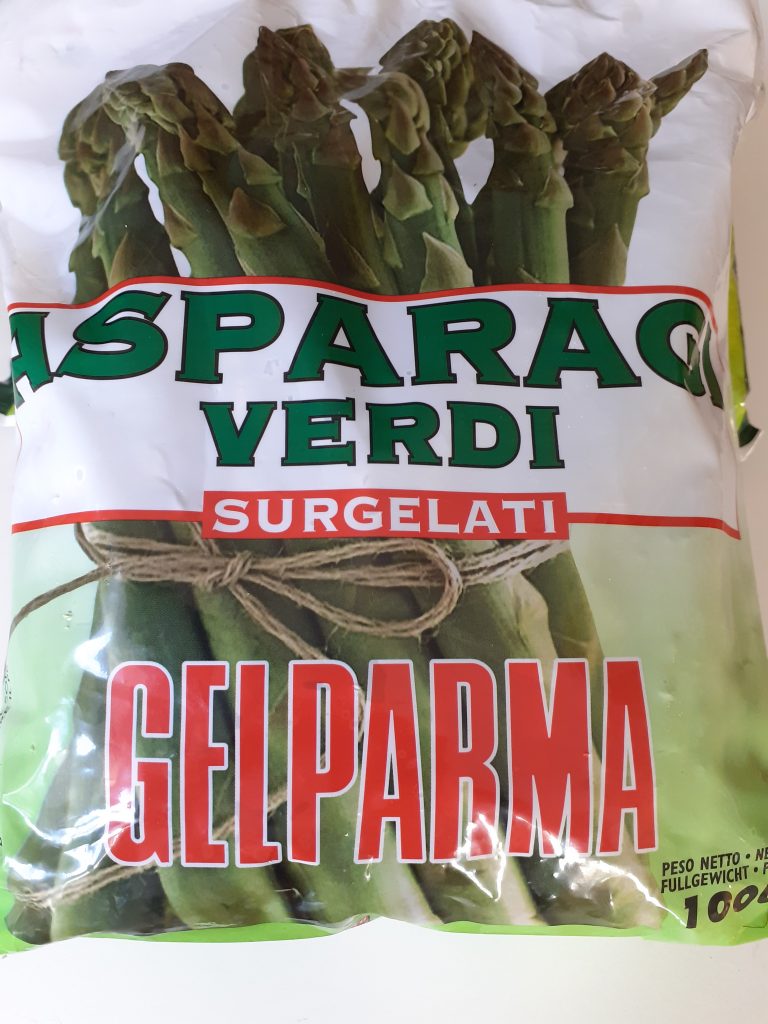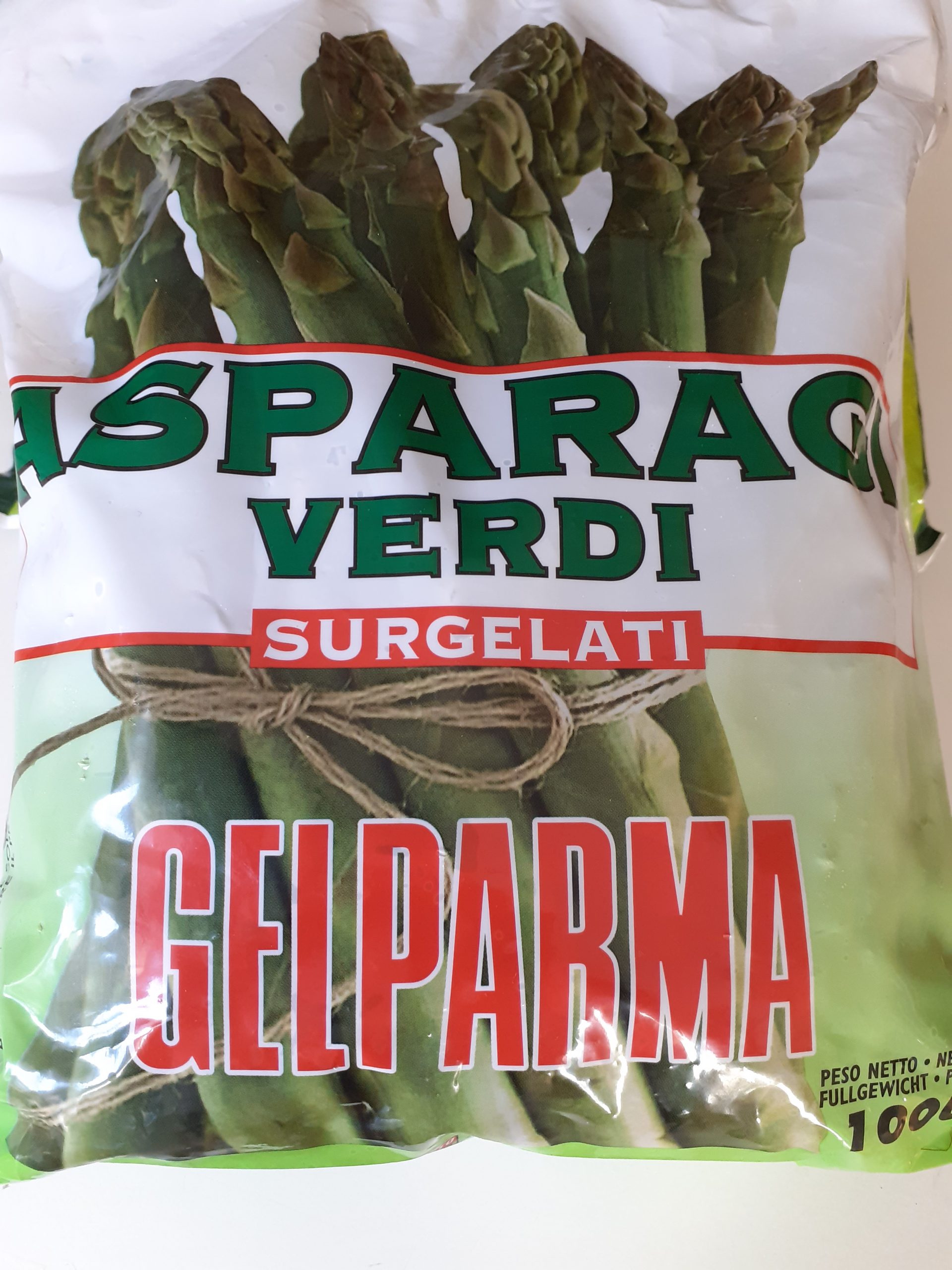Italy freezes its asparagus
With 700 hectares of asparagus cultivation for processing, Italy now ranks first in Europe. In recent years, the Emilia-Romagna region has developed a regulation for integrated production of asparagus which governs both fresh and processed products. Compliance with these regulations means that the packaging can be labelled “Quality Controlled QC”, with guarantees for the environment and for the health of consumers.
In the case of asparagus, the varieties suitable for vegetable preserves must have specific characteristics, including a uniform white or green colour, homogeneous calibre, and resistance to the sterilisation process. When peeling, the waste rate should not exceed 10% of the gross weight. After blanching, the product undergoes a sterilisation phase. Then, 90% of the can’s content weight should consist of asparagus. Asparagus can also be stored by deep freezing, with the tips very quickly reaching the temperature of -18 C. Unlike with normal freezing, deep freezing ensures that the cooling speed causes the formation of microcrystals that do not damage the biological structure of the food. Keeping the temperature below -18 degrees Celsius significantly slows down chemical and enzymatic reactions and microbial activity becomes almost zero. The organoleptic and nutritional characteristics of frozen vegetables remain unchanged from the original product. If the cold chain throughout the asparagus’ frozen life is scrupulously respected, deep freezing is the best storage system and is capable of offering the consumer a product that can compete with the fresh product. Freezing requires a high-quality product. Spears must have a closed tip and a regular, straight shape so that the frozen product can be packaged (in cans or bags). The colour should be a homogeneous white or green, with red-purple hues not persisting after blanching. To optimise freezing, spears must be at least 130 mm long and have a homogeneous calibre divided into three categories: 7 to 10 mm; 10.1 to 15 mm; 15.1 to 20 mm.























